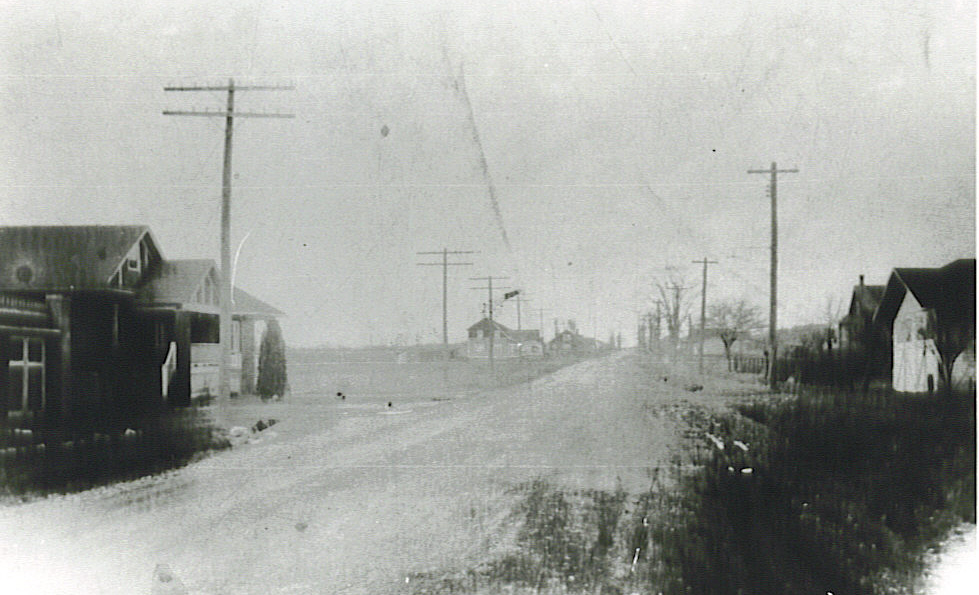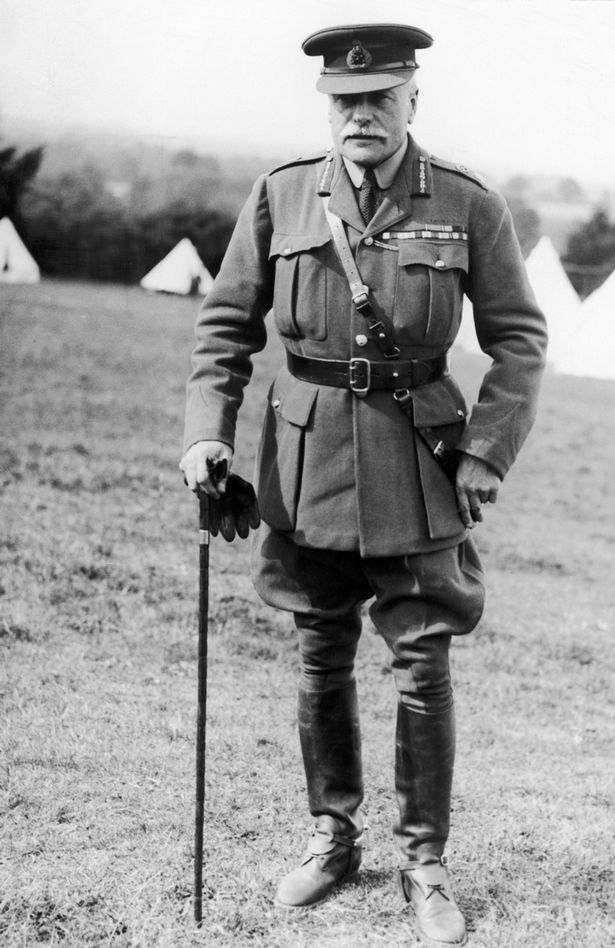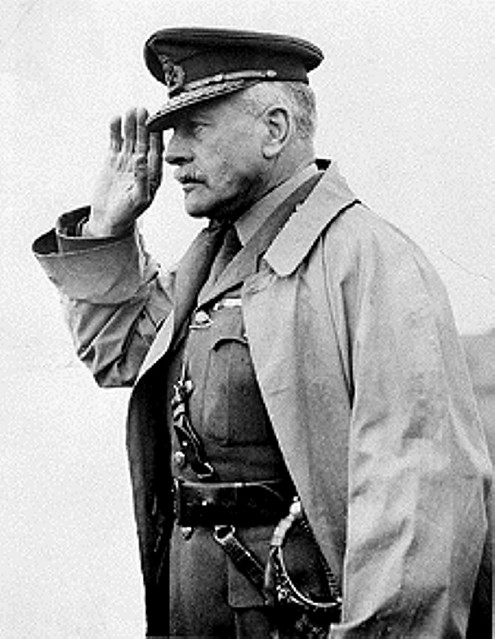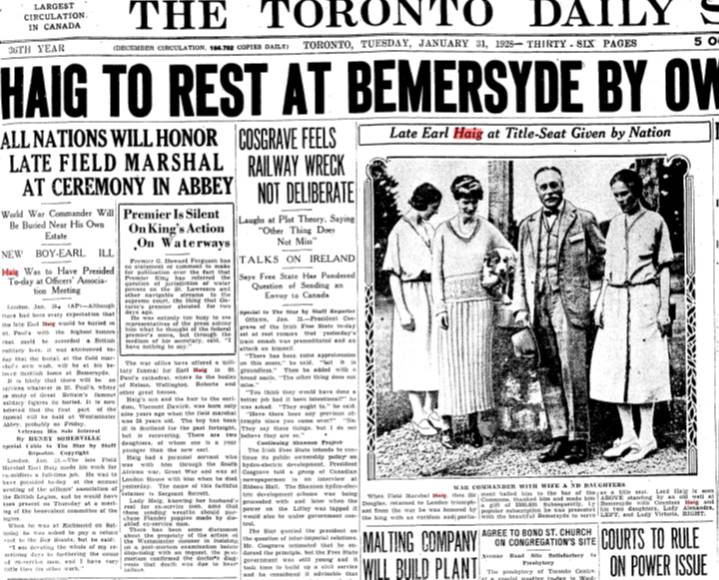We have to stretch back a bit into the fogs of history for this one, and there remains a bit of uncertainty.
Lot 7, Concession 2, SDS was granted by The Crown to James Glennon in 1810, who promptly sold the 200-acre property to Oliver Grace. Oliver Grace (the elder) was a retired British Naval officer.
Oliver the elder died in 1814, and his son, Oliver Grace the younger, stood to inherit his father’s assets. The only problem was that he had switched allegiances during the War of 1812, and was charged and convicted in absentia for traitorous activities. As such, the property was forfeited.
In 1820 the property was acquired by William McGinnis, and between 1873 and 1877 the 200-acre lot was purchased by Alexander Robinson (1818-1884). Alex and his wife Matilda (Mathilda) raised seven children. After their father’s death, ownership of the farm passed to sons Alex Jr. and Robert Robinson.
As for Haig Boulevard, it runs north off of Lakeshore Road in Lakeview, a little to the east of Cawthra Road. In its early years, the road only went as far as the railway tracks.

The road has its origins with a 1918 subdivision, on the west side of what is now Haig Boulevard. Registered as Plan A-18 on June 6, 1918 by Clara Murdock, the property was purchased from Alex Robinson Jr.
Clara Murdock was the wife of James Murdock, a Barrister and land speculator in Toronto.
The subdivision plan created the road now known as Haig Boulevard as an access route to new residential building lots north of Lakeshore Road.
On January 22, 1919, Robert Robinson registered Plan A-19, which created a residential subdivision plan on the east side of what is now Haig Boulevard. Plan A-19 also included what is now known as Orchard Road.
Both plans A-18 and A-19 laid out the building lots along what is now Haig Boulevard, although it appears, from available records, that neither Plan A-18 (registered in 1918) nor Plan A-19 (registered in 1919) named the new road. It does appear that the road was named by at least 1923, but who decided upon the name, and exactly when, is unknown.
One possibility comes in April of 1919 when Robert Robinson sold the Plan A-19 subdivision on the east side of the road to one Peter Trumpour. We do not know much, if anything, for certain regarding Trumpour.
However, one Peter Trumpour arrived in Canada in 1919 as a veteran of His Majesty’s Imperial Forces, having served in the 2nd Reserve Regiment of Hussars.
We do not know if this is the same Peter Trumpour who came to purchase land in Lakeview, but given the connection to wartime service and the likely name origin of Haig Boulevard, it is an intriguing possibility.
As for the name, there is reference to the road being named in honour of Field Marshall Sir Douglas Haig (1861-1928).

As such, it may well share the same inspiration as the naming of nearby Byng Street, also named in 1923.
Today Byng Street is known as Byngmount Avenue, and was originally named in hour of Field Marshall Julian Byng, 1st Viscount Byng of Vimy, a British General and commander of the Canadian Corps at the Battle of Vimy Ridge in 1917.
But back to Haig Boulevard and Sir Douglas Haig.

Haig was an experienced senior officer for the British Expeditionary Force during the First World War, and commanded British forces in Europe from 1915 until the end of the war. Haig led the allied war effort at the Battle of the Somme, Arras, the Third Battle of Ypres, Passchendaele, and the Hundred Days Offensive that ended with the Armistice.
Haig was enormously popular during and immediately following the war, and his passing in 1928 was covered extensively in local newspapers.


Long after his death, reviews of the First World War were more critical of his leadership, and the loss of life under his command.
The Canadian War Museum comments, “His epic but costly offensives at the Somme (1916) and Passchendaele (1917) have become nearly synonymous with the carnage and futility of First World War battles.” To some, Haig was nicknamed “Butcher Haig”.
More modern reviews of his career, and in particular his involvement in the First World War, have somewhat vindicated his reputation, focusing instead on the rapid adoption of new tactics and weaponry, and that high casualties were a consequence of warfare realities of the time.
Although the name origin for Haig Boulevard is not known with absolute certainty, we have reference to the name being in place in the early 1920s, and given the era and other nearby road name associations connecting to the First World War, it seems likely that the road was named in honour of the British war hero who was, at that time, at the height of his fame and popularity.



Comments are closed.